When I was newly sober, I started taking writing workshops at San Diego Writers, Ink. Shortly after joining a read-and-critique group led by
another writer showed up with a manuscript to workshop.Sandra Younger told us she had a background in journalism and was working on a book about the Cedar Fire, a devastating wildfire that swept through San Diego’s back country in October and November of 2003. The fire consumed over a quarter of a million acres, destroyed more than 2,800 structures, and claimed the lives of 15 people, including a firefighter.
The fire, I would eventually learn, wasn’t completely put out until early December and, as horrendous as it was, it could have been much, much worse. If the Santa Ana winds had kept blowing, the fire would have burned all the way to the ocean, taking out much of San Diego’s affluent North County suburbs.
Sandra was committed to telling the story correctly, which meant using her journalism chops to interview dozens of firefighters and learning a great deal about the history of wildfires in Southern California.
We were four or five chapters into Sandra’s book when she brought in a remarkable section about watching the fire approach her home in Wildcat Canyon and being forced to flee in the middle of the night while the winds howled and the wildfire raged.
“Wait, you were in the fire?” we asked.
“Yes, we lost our home,” Sandra said.
I remember everyone in the group looked around the table as they realized that Sandra wasn’t just reporting on a fire, she’d been in it.
Finally, Judy broke the silence. “Sweetie, this is chapter one.”
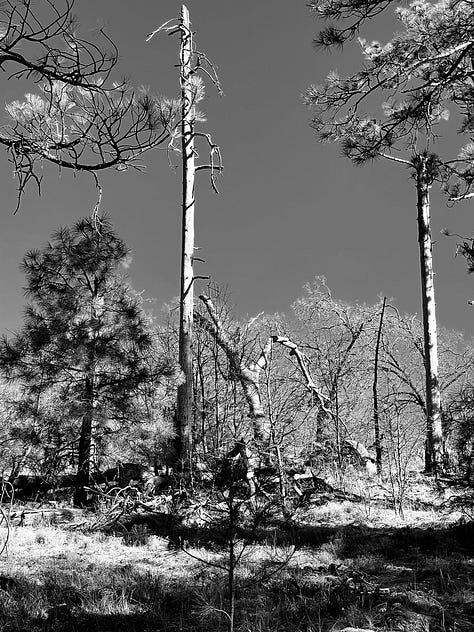
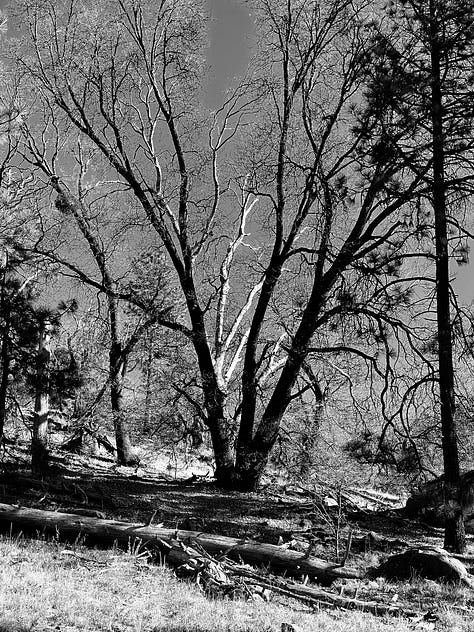

When I was in the Navy, firefighting training was mandatory. The Navy has a slogan: “Every sailor is a firefighter.”
Our ship was diesel-powered, loaded with munitions, and had a helicopter pad for helo operations. We were a pawn in the global nuclear chess match with the Soviets during the Cold War. We practically had a target painted on our hull.
A lot can wrong on a warship, and when things go wrong on an oceangoing vessel the stakes are higher than a fire at the local Applebee’s.
Imagine you’re on a ship made out of hundreds of steel compartments and passageways. A fire starts in the engine room, the power goes out, and smoke pours through the ship. Maybe you’re taking on water. Maybe you’re listing to the side. That’s nightmare fuel for a full-on freak-out, and you haven’t even faced the fire yet.
It’s an ongoing problem for the Navy. How do you train a bunch of dumb-ass sailors not to shit their bell-bottom pants when the ship catches fire?
Easy. You put them in the fire.
When I was stationed in San Diego I was sent to an intense training session at a state-of-the art firefighting facility. We spent the mornings in the classroom and the afternoons fighting fires.
We learned how to use our safety gear, including the cumbersome OBAs (oxygen breathing apparatuses), which was like a mini scuba tank we wore on our chests.
We learned how to couple the hoses to the water supply. We learned how to sweep the heavy brass nozzles from side to side to blanket the flames.
We learned how to work as a unit, holding the charged hose and taking turns on the nozzle.
We learned what to do when things went wrong like when someone lets go of the hose with the nozzle open and it thrashes on the deck like boa constrictor being electrocuted.
Then they turned on the fire.
The fire was provided by jets of JP5 aviation fuel. There was nothing slow or gradual about it. Suddenly, everything was on fire. Columns of flame. Walls of fire. Hot, smokey, and very fucking intense.
Maybe there are people who get close to a fire, feel the heat, the smoke, the pressure in places they’ve never felt before and go, “Fuck yeah, let me at it!”
We were not those people. We were scared out of our minds.
We didn’t think, “This is a controlled environment, nothing bad is going to happen to us.” We thought, “We’re going to die.” The gear designed to protect us suddenly felt claustrophobic, limiting our ability to move, the breathe, to think.
We’d all had nightmares where we couldn’t move, were paralyzed with fear. But it wasn’t like this. This was worse. Because the fire felt like a living thing. It felt like the enemy.
But we didn’t panic. Because we’d been trained what to do, we held fast. The instructors barked instructions at us: “Sweep the hose!” They turned off the water, uncoupled our hoses, simulated all kinds of worst-case scenarios.
We did was we were told and dealt with the setbacks. Clumsily at first. Then we began to anticipate what might go wrong as we grew acclimated to what it felt to be in the fire. Being in the fire was like being underwater or beneath the rotor downwash of a helicopter landing on top of you, no amount of training can replicate what it feels like.
We’d felt the fire’s fury and we were still alive, doing our jobs, We didn’t have to put the fire out by ourselves, our instructors reminded us over and over again.
We just had to do our part.
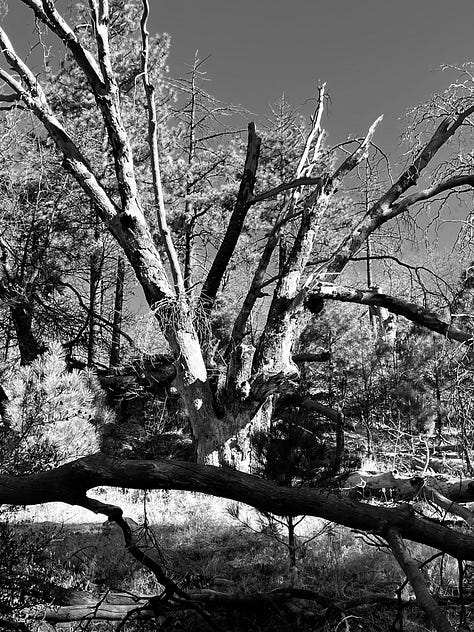
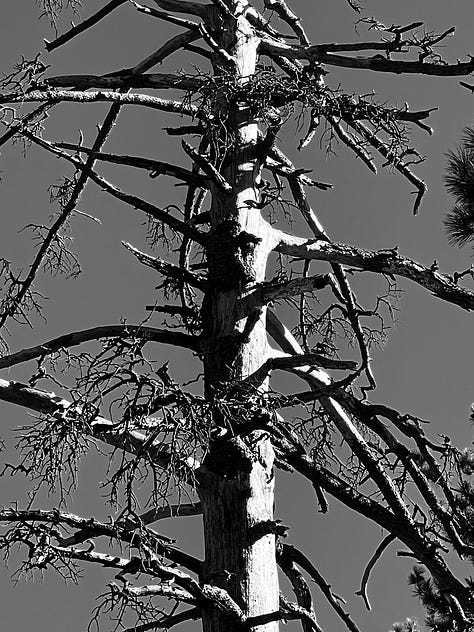
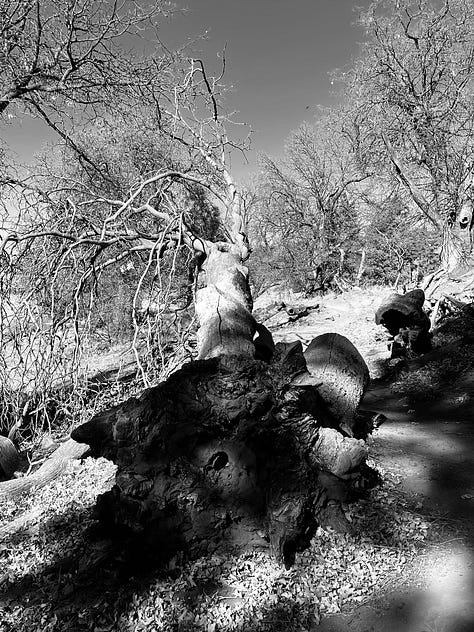
Sandra’s old school J-school instincts insisted she was not the story, but we reminded her that she had a story that no one but her could tell.
She wasn’t just a journalist. She was a fire survivor and being a survivor comes with a whole raft of feelings and emotions unique to her situation. She knew she had an obligation not just to the story itself, but to the other survivors, and not just of this fire, but to the survivors of future fires.
Meaning us.
Eventually we’re all going to be survivors of a climate-related disaster, especially in California.
Sandra went on to publish her book, The Fire Outside My Window, in 2013 – ten years after the Cedar Fire. On the 20th anniversary of the fire, Sandra released an updated version.
She has also created a free guide for fire survivors that covers everything from dealing with insurance companies to accepting help from strangers and loved ones. If you or someone you love was impacted by the fire, I urge you to check it out.
The Fire Outside My Window is essential reading for people who live in areas at risk of fire. The fact that the book is ten years old and about a twenty-year-old event makes it more relevant than ever because she paints a picture of a future we are living in right now, a future where the fires get bigger and bigger and we all have to do our part.
Meanwhile in Mt. Laguna…
I was supposed to go camping in Mt. Laguna with some friends last weekend but with temperatures dipping into the twenties, Nuvia and I decided to spend the day at the campsite, hang out by the fire for a while, and then come home. This was a good decision as I was battling a cold that I still haven’t completely shaken.
While it was still bright and warm, we went for a two-hour hike along Big Laguna Lake, which took us into the part of the Cleveland Forest that had been burned in the Chariot Fire in 2013. It was astonishing to see the remnants of that fire all around us even after all these years. Some of the towering Jeffrey pines that burned in the fire were still standing like ghostly sentinels while others had toppled and were slowly decomposing.
All week long we were on standby for friends who were thinking about fleeing LA. By the time we headed for the mountains we’d received news about friends, acquaintances, and artists we admire who’d lost their homes. The breadth and depth of the damage is overwhelming.
So it was good to be in a place that had burned and was actively recovering. My eye was drawn to the old dead trees but the forest was bursting with life. The canopy was so dense the trail was mostly in deep shade. The bark on those stately pines resembled a three dimensional topographical map, not one thing but a composite of countless layers. Moss grew on the shady side of the trees and in some places woodpeckers had stashed acorns in the holes they’d made for just that purpose.
It’s one thing to be told by naturalists and climatologists that fire is a part of the natural order but to see it, to walk through a place marked by fire but remained a place of great beauty, lifted our spirits.
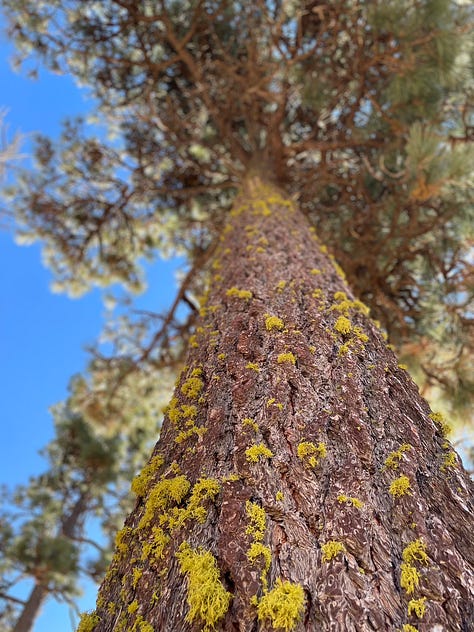
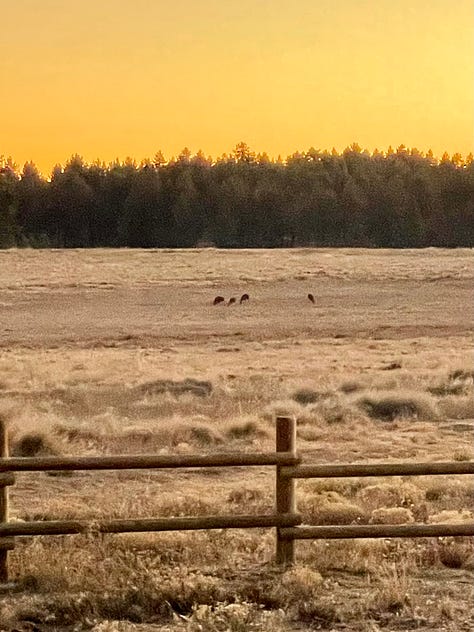
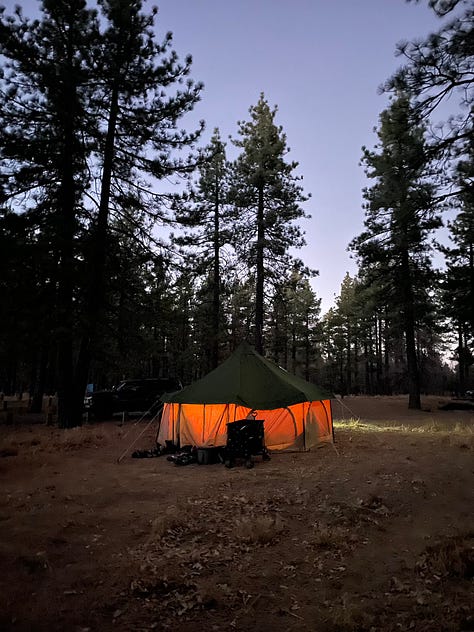
GoFundMe for S.W. Lauden
The community of people who write about music is pretty small, and if you’re a fan of power pop you’ve probably read
. His Substack features an incredible number of interviews and reviews and he puts out anthologies of music writing, which I have contributed to in the past.I’m sad to report that Steve lost his home in the Altadena fire. He and his family are safe and in the ongoing chaos is trying to secure a place for his family to live. I’m sharing the GoFundMe that a family friend created and hope you’ll consider contributing or sharing with other music lovers.
Thanks for reading! Books for the book giveaway will go out this week (sorry this cold did a number on me.) Yesterday I did my first interview for MFTU of 2025 and you are going to love it.
If you liked this newsletter you might also like my latest novel Make It Stop, or the paperback edition of Corporate Rock Sucks: The Rise & Fall of SST Records, or my book with Bad Religion, or my book with Keith Morris. I have more books and zines for sale here. And if you’ve read all of those, consider checking out my latest collaboration The Witch’s Door and the anthology Eight Very Bad Nights.
Message from the Underworld comes out every Wednesday and is always available for free, but paid subscribers also get my deepest gratitude and Orca Alert! on most Sundays. It’s a weekly round-up of links about art, culture, crime, and killer whales.

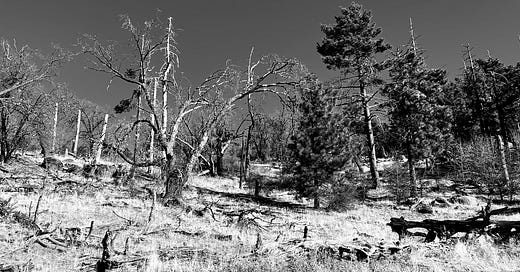


Thanks, Jim! 🙏 Really appreciate the support.
For those who lost homes and family, and for those who want to help, Sandra did an interview on KPBS yesterday. They're making it a podcast, so should be easy to find.